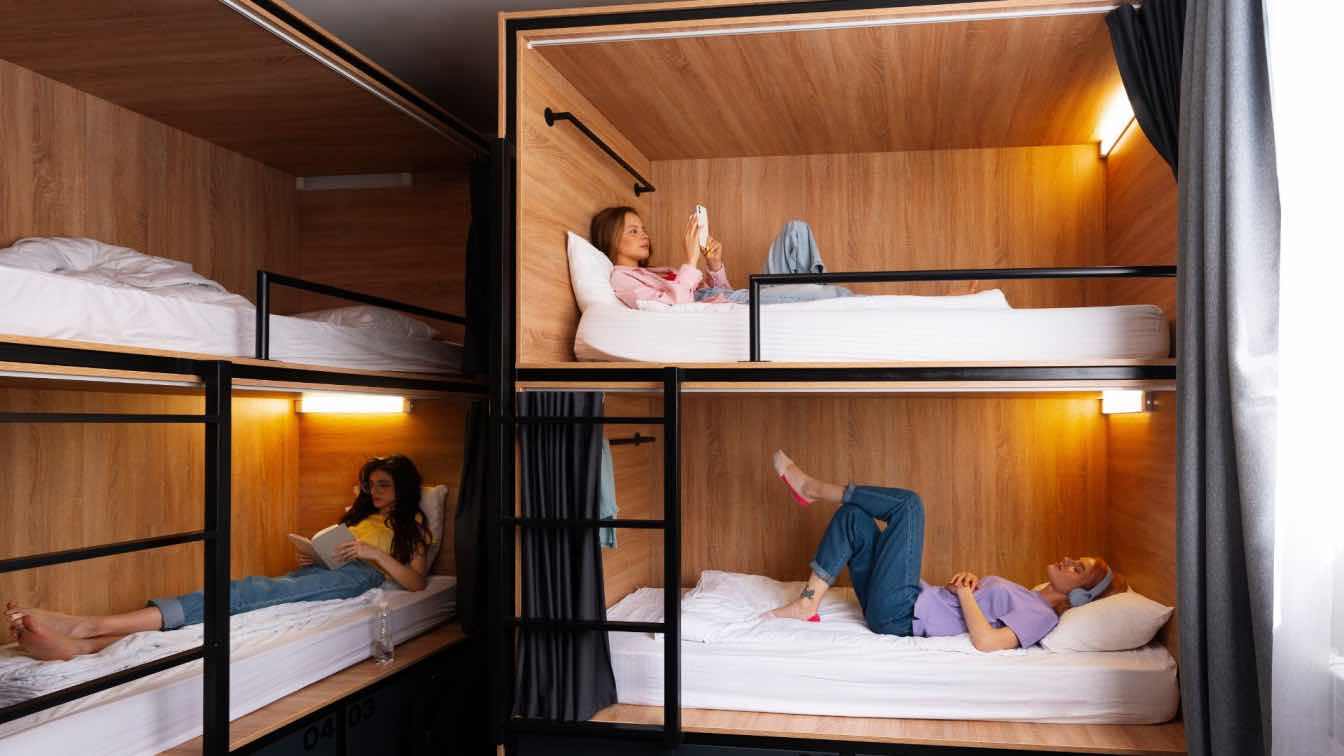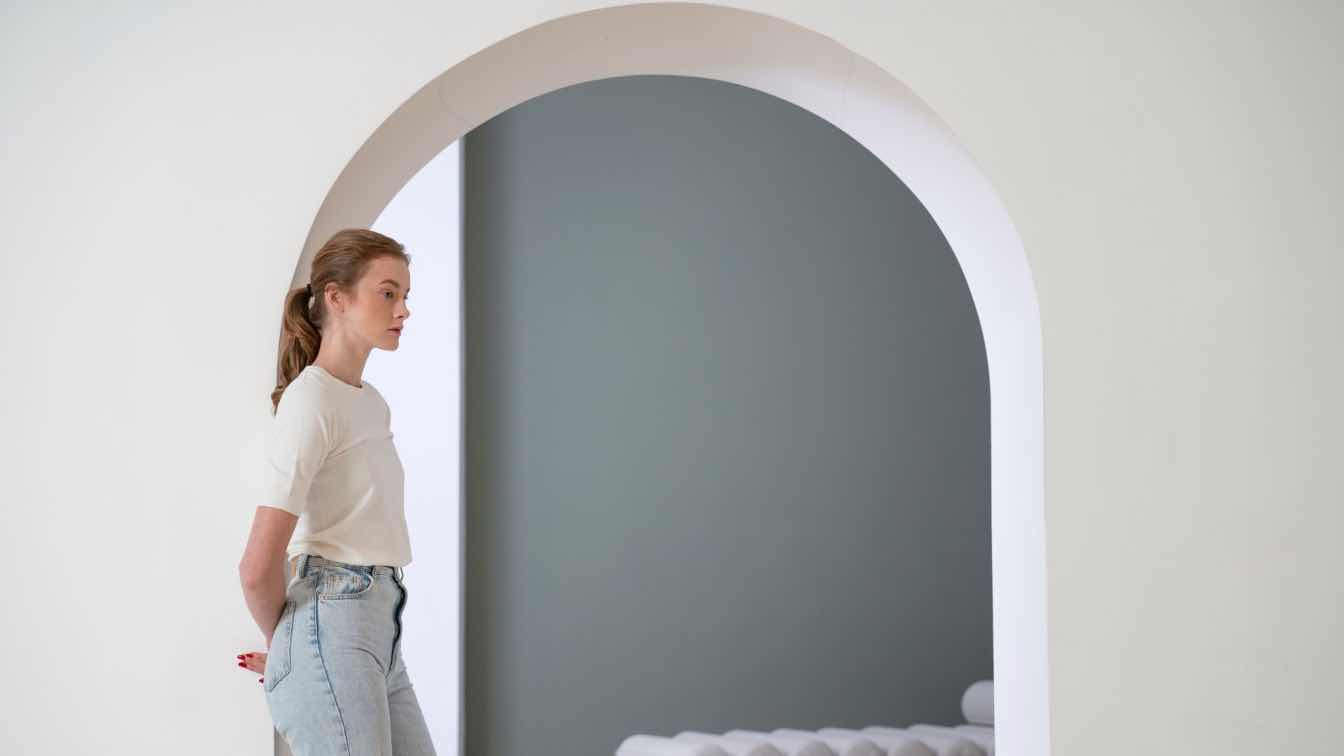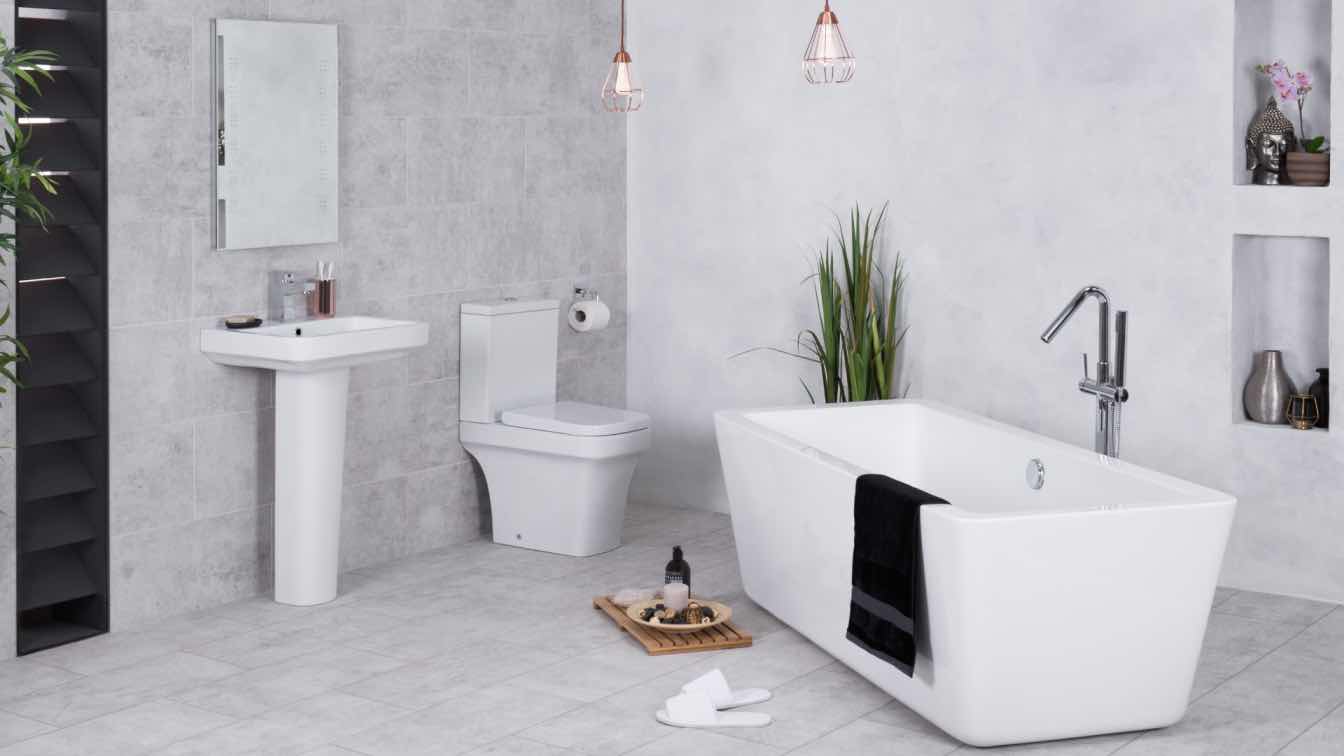In recent years, student housing has undergone a remarkable transformation. Gone are the days when dormitories were little more than utilitarian boxes with bare walls and basic functionality. Today, the concept of minimalist dorm design is leading a quiet revolution, combining modern architectural principles with a focus on functionality, sustainability, and student well-being. Minimalist dorms are making a big impact, offering spaces that do more than just house students—they inspire, connect, and support them in their academic journeys.
The Appeal of Minimalist Design
Minimalism in architecture is about stripping away the unnecessary and focusing on essentials. It prioritizes clean lines, open spaces, and an intentional absence of clutter. When applied to student housing, this approach creates environments that are visually calming and mentally stimulating. For students, many of whom are living away from home for the first time, minimalist design offers a sense of order and simplicity in what can often be a chaotic phase of life.
Modern dorms are designed to support the rhythms of student life. Multipurpose furniture, built-in storage, and modular layouts are common features. These innovations enable students to personalize their spaces while maintaining functionality. By reducing the visual noise of overly busy design, minimalist dorms allow students to focus better on their studies and cultivate a sense of mindfulness in their living spaces.
Sustainability at the Core
Minimalism and sustainability often go hand in hand, and modern student housing reflects this synergy. Universities are increasingly committing to eco-friendly construction methods, energy-efficient systems, and sustainable materials. Solar panels, green roofs, and advanced water recycling systems are becoming staples in new dormitories, aligning with both environmental goals and the values of the younger generation.
Using local and recyclable materials in construction reduces carbon footprints, while the emphasis on natural lighting and ventilation minimizes energy consumption. The rise of biophilic design—where green spaces and natural elements are integrated into architecture—also adds to the charm of minimalist dorms. These features not only help universities meet their sustainability targets but also create healthier and more inviting environments for students.
The Role of Community and Connection
Minimalist architecture also redefines how students interact with their living spaces and each other. Communal areas in dormitories are now thoughtfully designed to encourage collaboration, socialization, and a sense of belonging. Lounge spaces, shared kitchens, and study pods are integral to these buildings, helping foster a balance between solitude and community.
The living arrangements at UNSW Sydney Campus, for example, demonstrate how thoughtful architectural choices can enhance the student experience. By integrating minimalist design with functional communal spaces, these dorms provide a blend of privacy and interaction, catering to the diverse needs of their student population. This balance is essential for nurturing academic success and personal growth.

A Shift in Aesthetic Priorities
Minimalist dorms are also about more than practicality—they cater to the aesthetic sensibilities of modern students. With their sleek finishes, neutral color palettes, and smart use of space, these designs resonate with a generation accustomed to the clean, curated visuals of platforms like Instagram and Pinterest.
This aesthetic appeal is not just about following trends; it reflects a deeper connection between environment and mental well-being. Cluttered or poorly designed spaces can contribute to stress and anxiety, whereas minimalist spaces promote clarity and calmness. As such, universities are investing in architecture that not only looks good but also contributes to the mental health of their students.
Global Examples of Minimalist Dorms
Around the world, several universities are setting benchmarks in minimalist dorm design. At Harvard University, the Smith Campus Center showcases how simplicity and sustainability can coexist. Featuring open layouts, natural materials, and energy-efficient systems, it exemplifies how modern architecture enhances the student experience.
In Singapore, Nanyang Technological University’s student housing embraces a futuristic minimalist approach. The Hive, one of its signature buildings, incorporates green walls and a focus on natural light, creating a space that is as inspiring as it is functional.
Closer to home, Australian universities, including the University of Melbourne and the University of Queensland, are investing in dorms that integrate minimalist principles with cutting-edge technologies. These spaces are designed not just to accommodate students but to prepare them for a future where adaptability and sustainability are key.
Challenges and Considerations
Despite its many benefits, minimalist dorm design does face challenges. The cost of integrating advanced technologies and sustainable materials can be significant, making these dorms less accessible for universities with limited budgets. Additionally, striking a balance between simplicity and functionality requires careful planning—too much minimalism can result in spaces that feel sparse or impersonal.
To address these concerns, architects and universities must involve students in the design process. By understanding their needs and preferences, they can create dorms that are both practical and appealing. Flexibility is also crucial, as dorms must adapt to changing student populations and evolving technological trends.
The Future of Student Housing
As universities continue to innovate, the concept of minimalist dorms is likely to evolve further. Smart dormitories, equipped with IoT devices for climate control, energy monitoring, and security, are on the horizon. These advancements will integrate seamlessly with minimalist design, offering students even greater comfort and convenience.
Furthermore, as the demand for sustainable living grows, we can expect to see dormitories that not only minimize their environmental impact but actively contribute to the ecosystem. Net-zero energy buildings, vertical gardens, and water-positive dorms are just some of the possibilities that lie ahead.
Conclusion
Minimalist dorms represent a significant shift in how universities approach student housing. By focusing on simplicity, sustainability, and functionality, these spaces offer far more than a place to sleep—they shape the academic, social, and personal lives of students. Whether through sleek designs, eco-friendly innovations, or thoughtfully curated communal areas, minimalist dorms prove that less truly can be more. As these architectural marvels continue to rise, they promise to redefine campus living for generations to come.





